I recently made a visit to SIG SAUER’s newest factory in Rochester, New Hampshire. This 200,000 square foot facility started out in a different industry and has been repurposed several times since SIG started using it but they are adapting it quickly to their purpose. SIG began occupying it in the spring and by summer there were over 300 employees working on the floor. Envisioned as additional capacity to accommodate machine gun manufacturing, the factory is accomplishing a variety of tasks as they ramp up to meet the upcoming demands of the Next Generation Squad Weapons program.
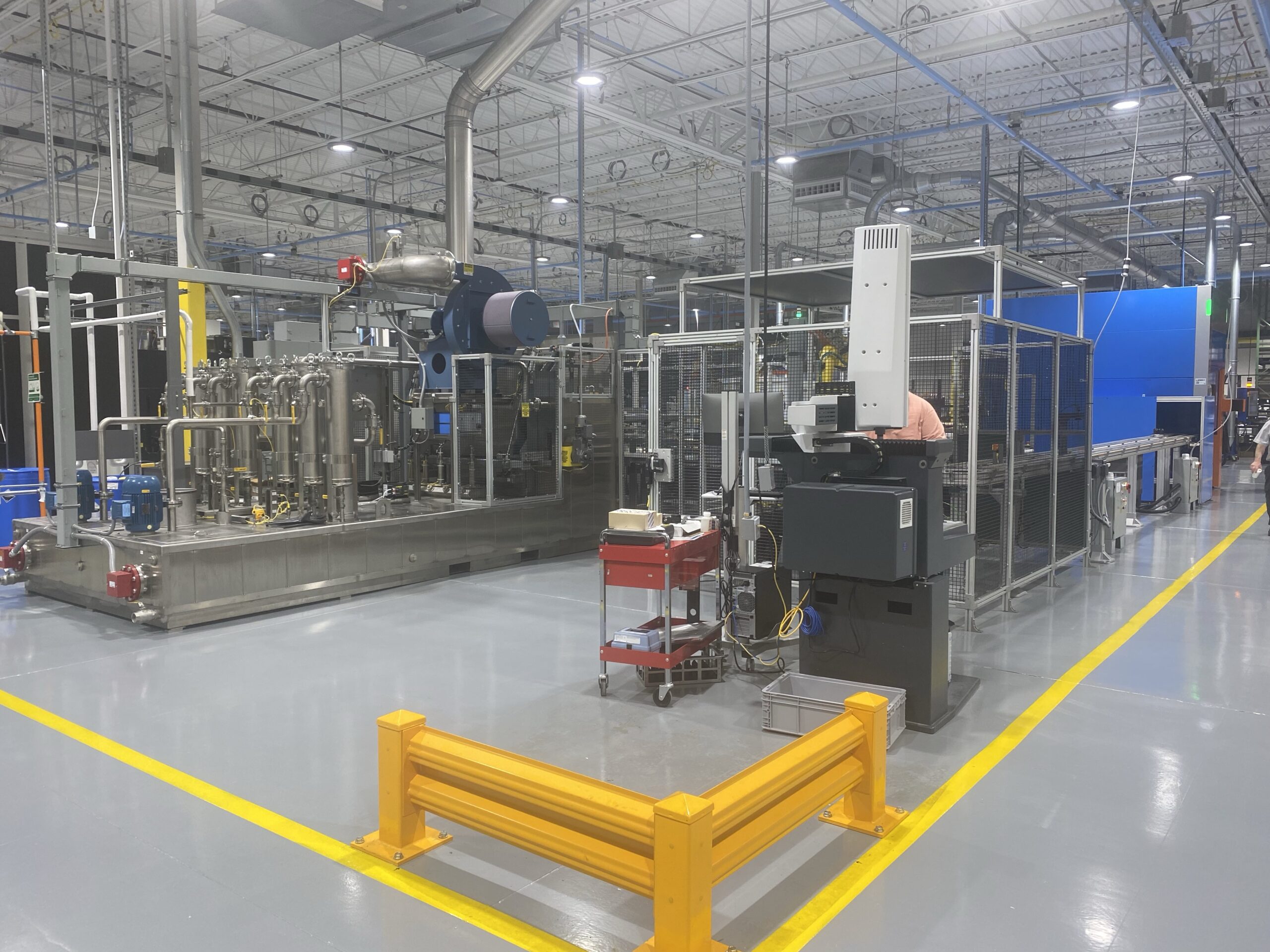
For example, one of the new capabilities developed for this factory is in-house magazine production for NGSW.
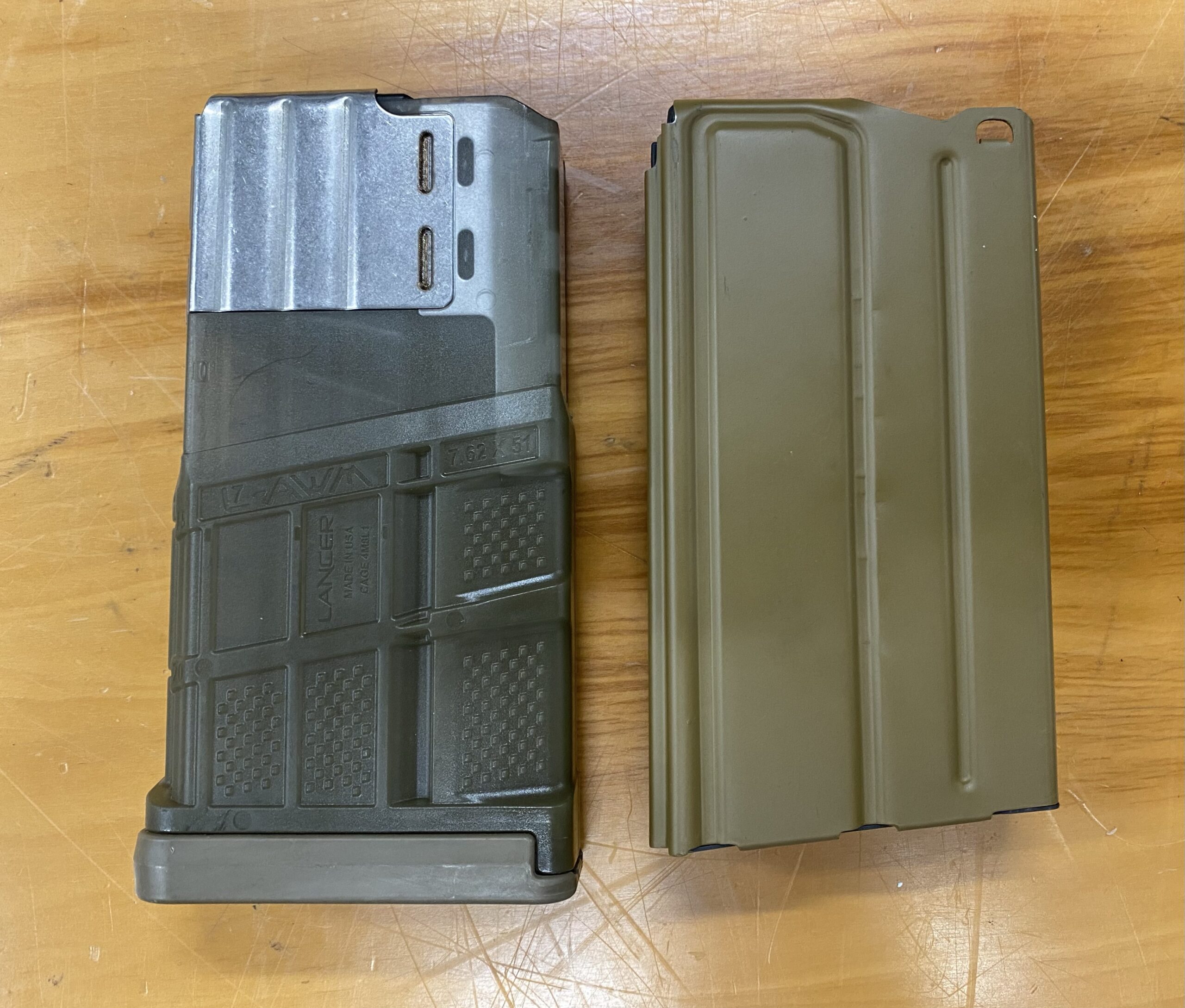
During the down select process, SIG used a modified version of the 20 round Lancer L7AWM polymer magazine. However, SIG has begun development of a stamped steel magazine.

The Army has not evaluated this magazine yet due to the stop work order associated with Lone Star Future Weapon’s NGSW contract award protest. Consequently, although the magazine production capability is primarily envisioned for NGSW, the team is currently refining the process by producing pistol magazines.
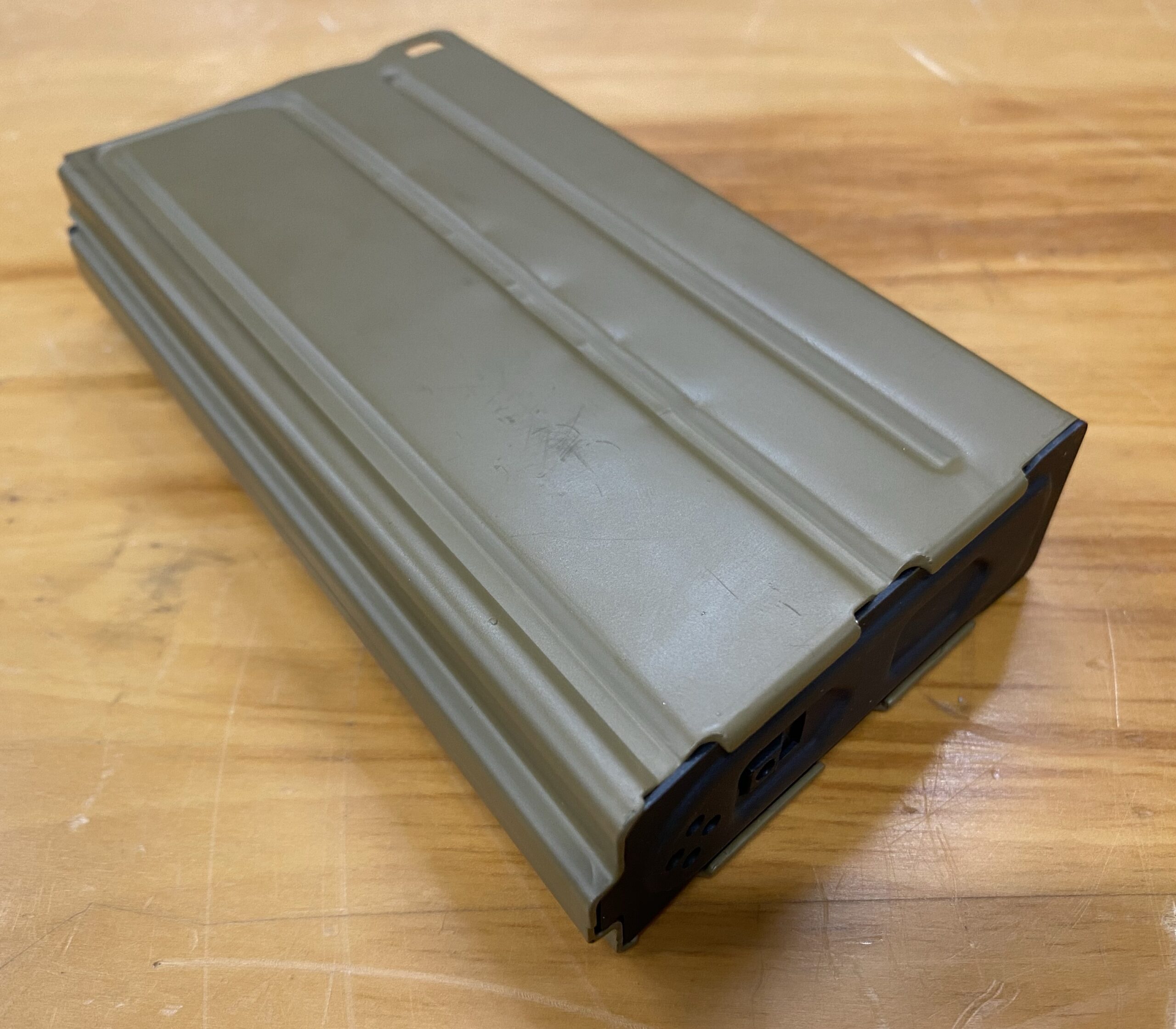
They take pre-stamped blanks from an industry partner and run them through a process which is highly automated and currently creates one magazine every eight seconds.
Initially, the stamped steel blanks are washed, with one completing the process every four seconds. This process includes wash and rinse followed by spray and tumble. They also press the blanks together and inspect them as if they were already welded into a solid body.

Next, the blanks are flipped in order to be fed into the assembly process.
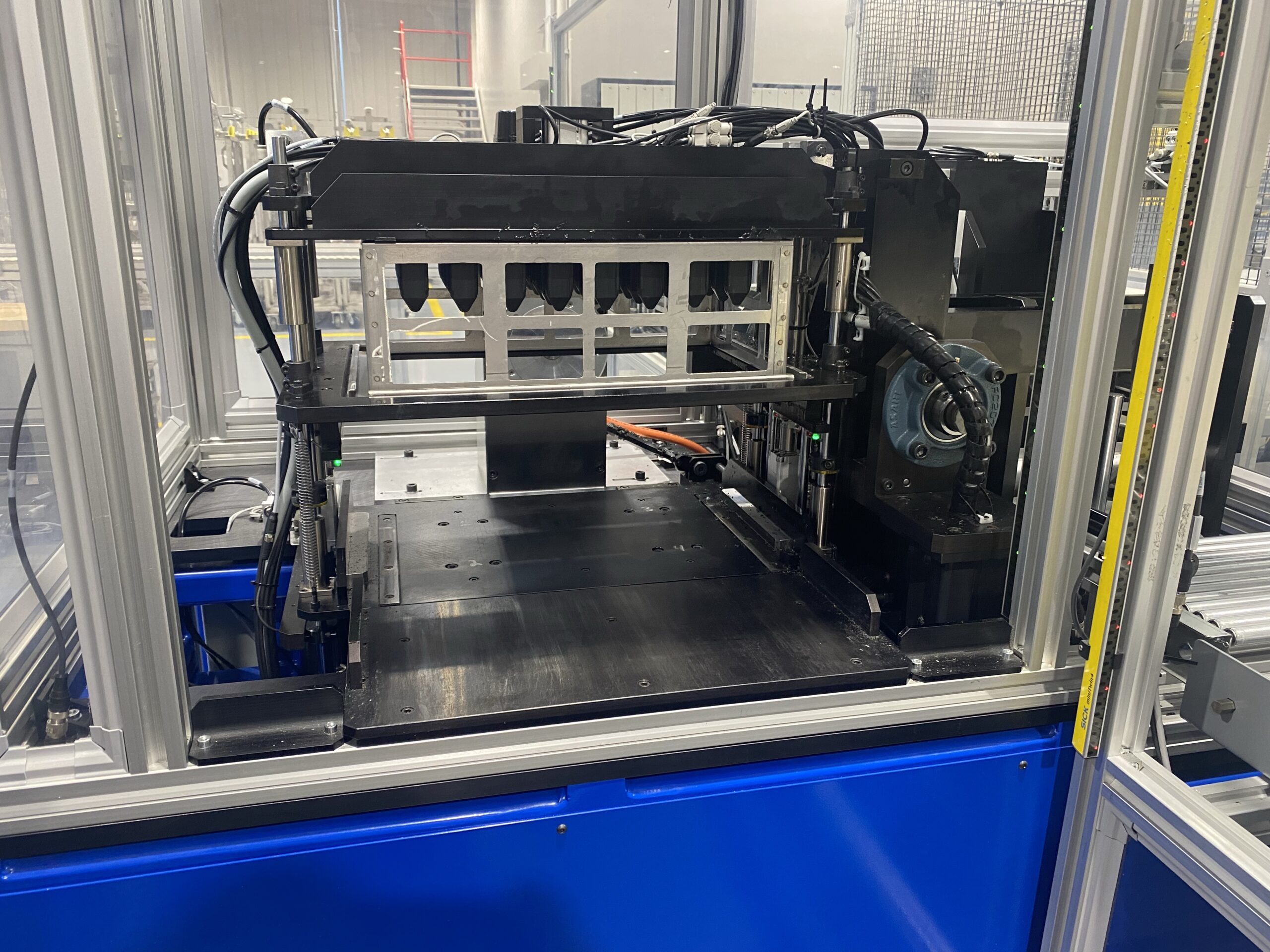
I spoke with SIG Chief Operating Officer Ron Goslin about this process. He told me that at its heart SIG is an engineering company. They took a look at how magazines have traditionally been manufactured and decided to go at it from a different angle. They worked with industry partners to integrate capabilities into the magazine production line.
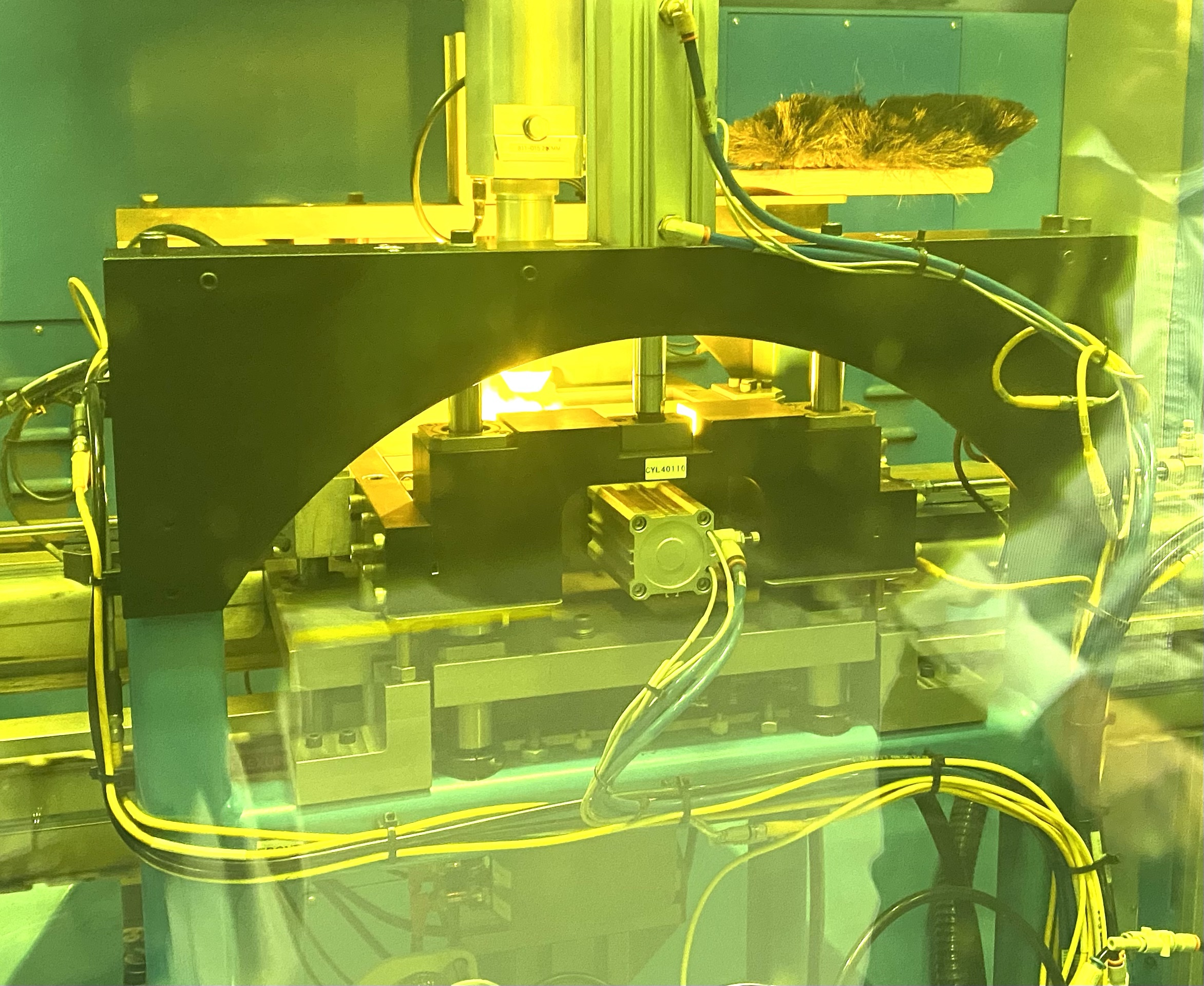
Their secret is laser welding. Traditionally, steel magazines are TIG welded with extended tabs which are removed to accommodate the puddles at the beginning of a weld. SIG VP of Manufacturing Engineering Nick Fappiano related that laser welding, combined with robotic automation to align the two sides of the stamped blank, has proven more precise and consistent.
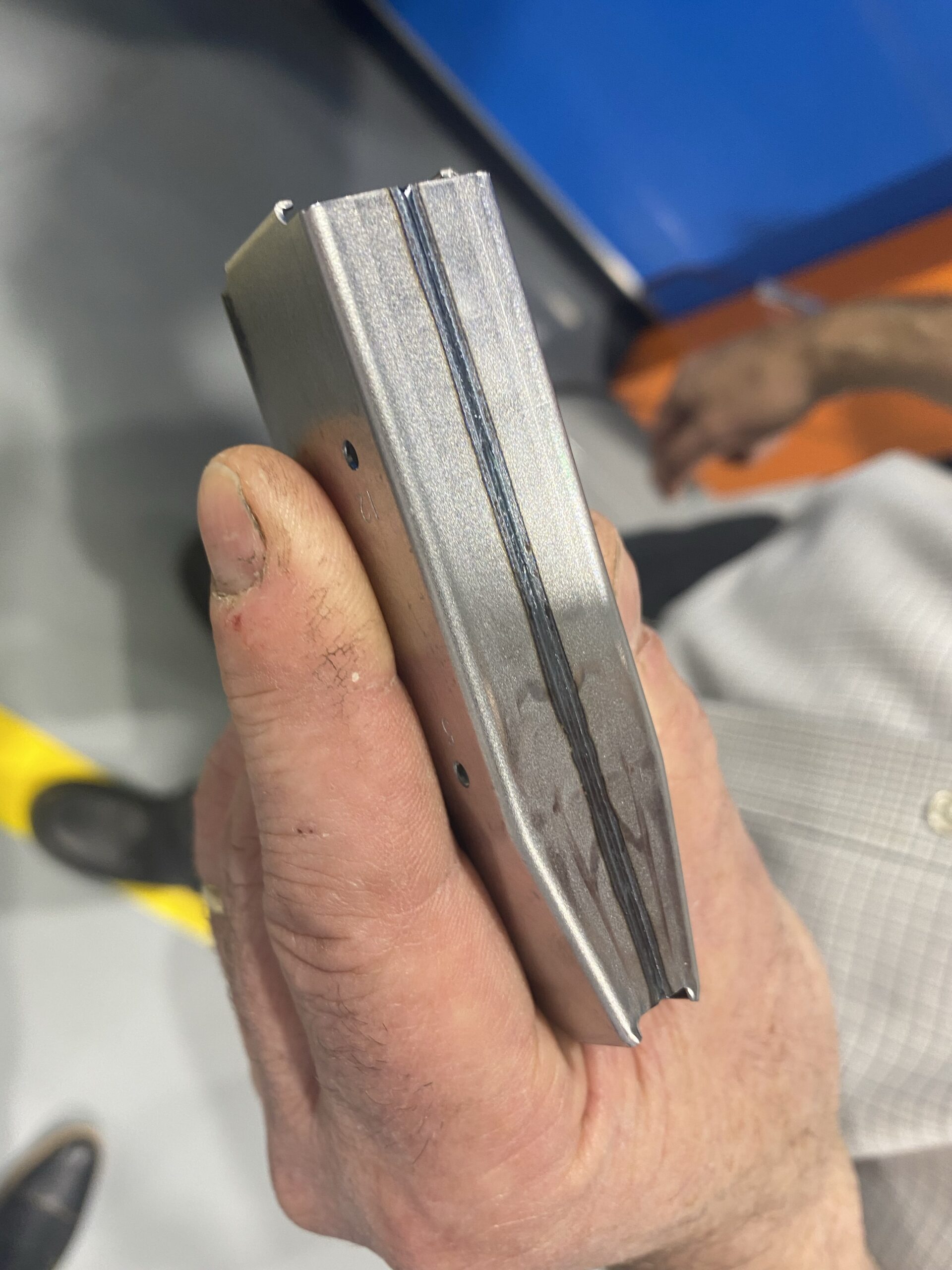
The welded bodies are then sanded by a robot for consistency.
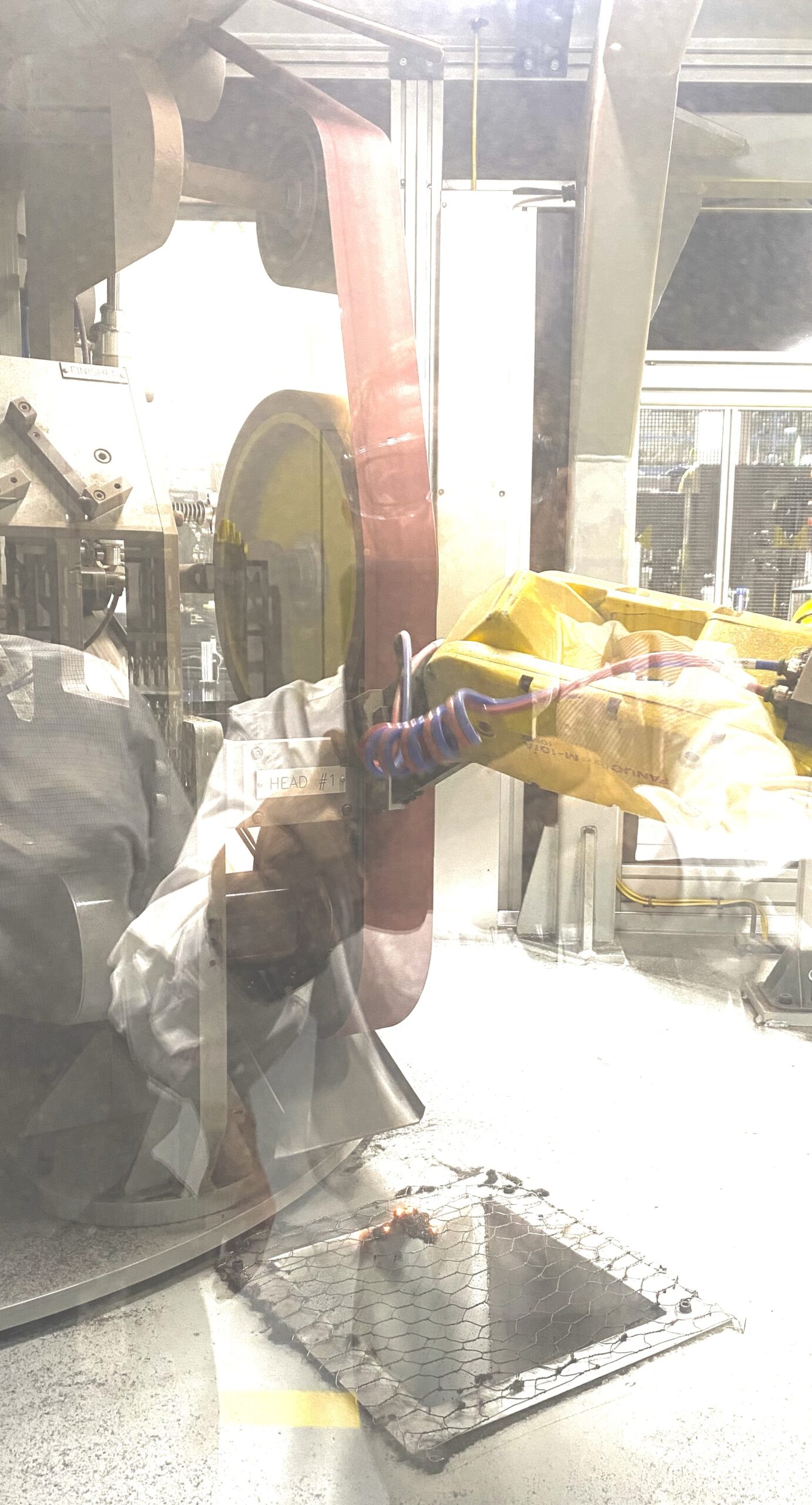
Below you can see the results, with the weld line barely visible.
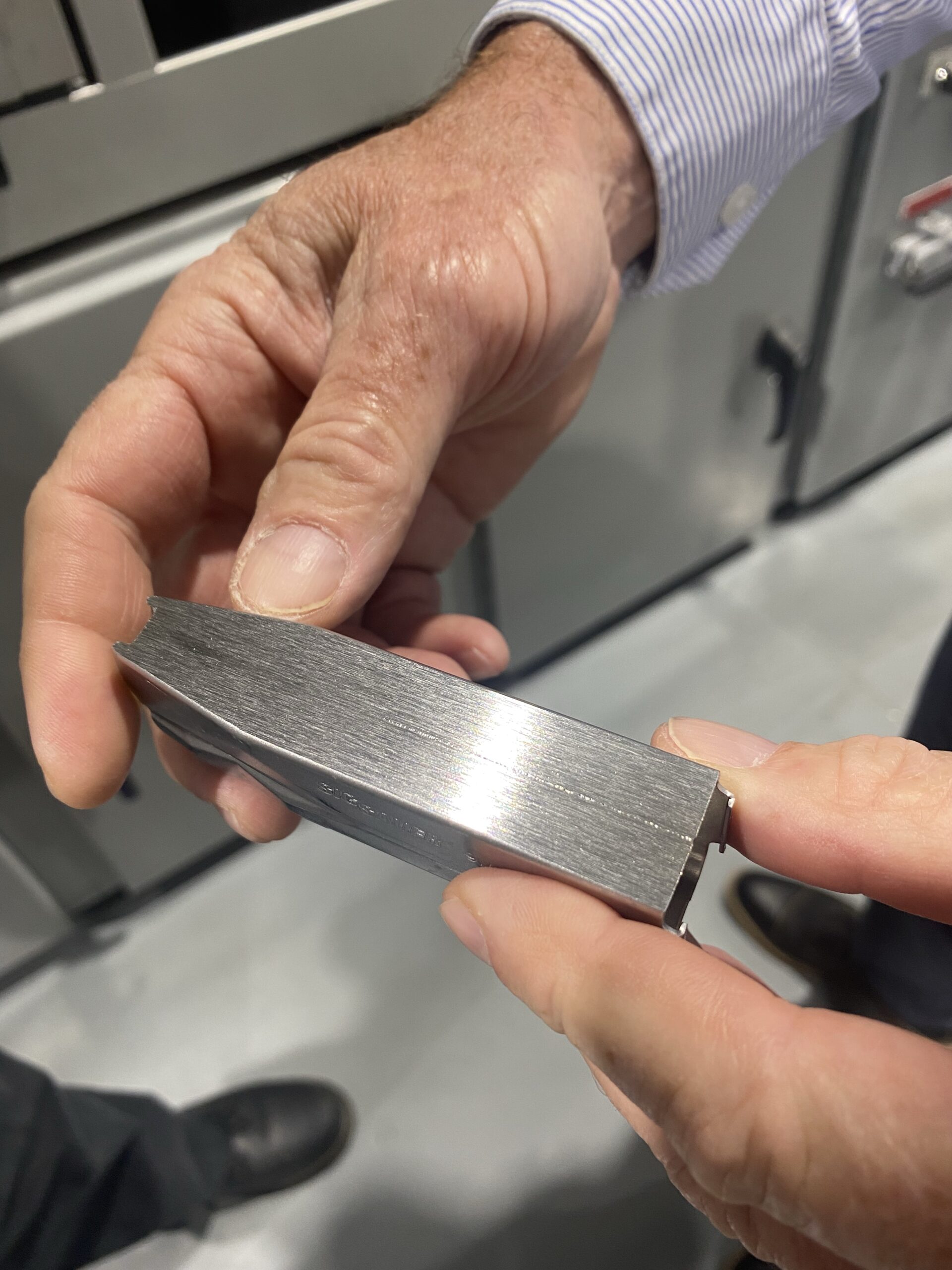
The bodies are currently going out for heat treating and black oxide treatment but those capabilities will eventually migrate in-house as well.
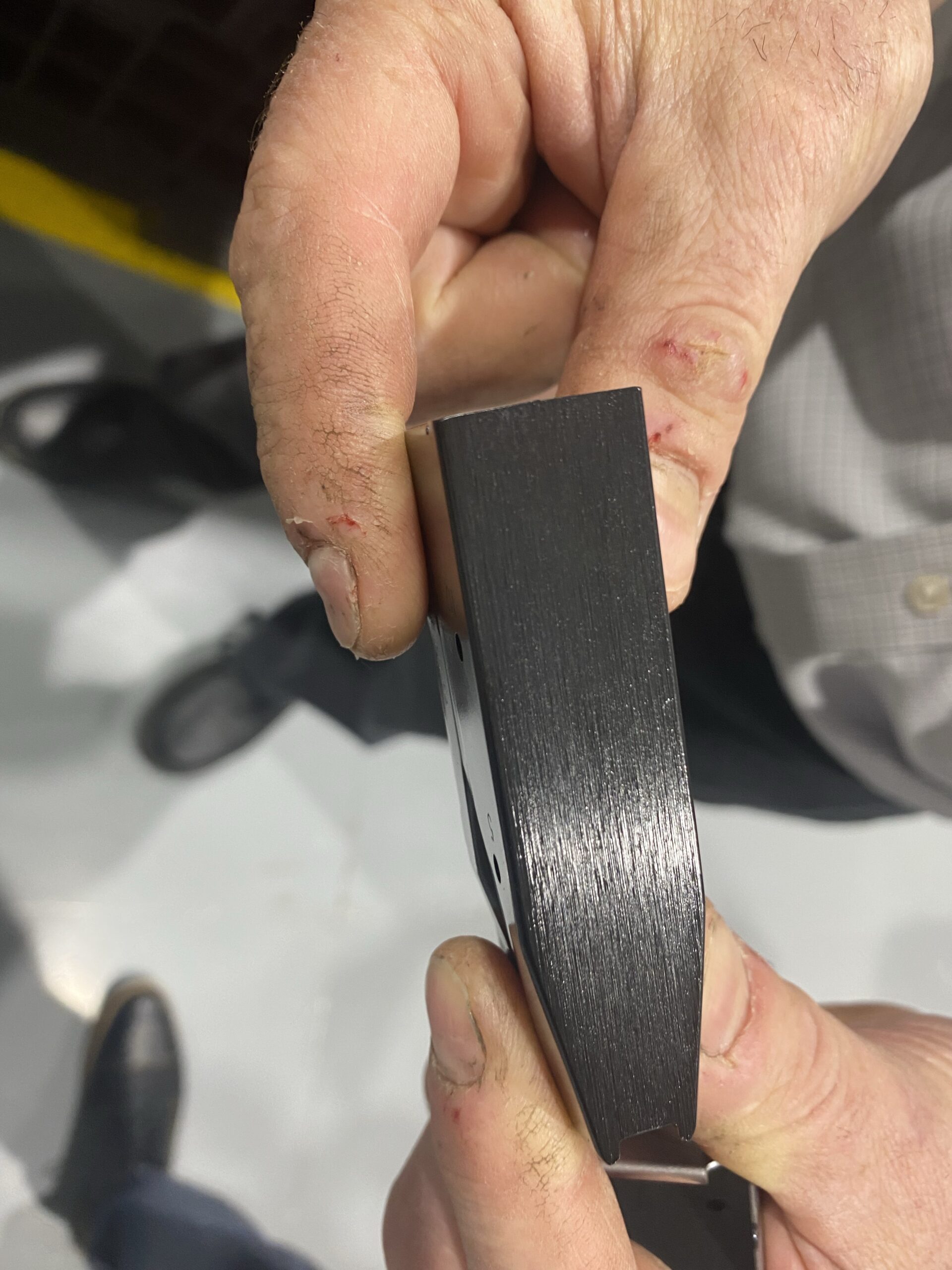
Although the bodies are gauged throughout the process, finished bodies are treated to a full going over on a rotary table with two stations looking for precision in the body’s construction. Additionally, the feed lips are formed into place with the body’s resistance taken into account during the procedure to ensure consistent feed lip alignment.
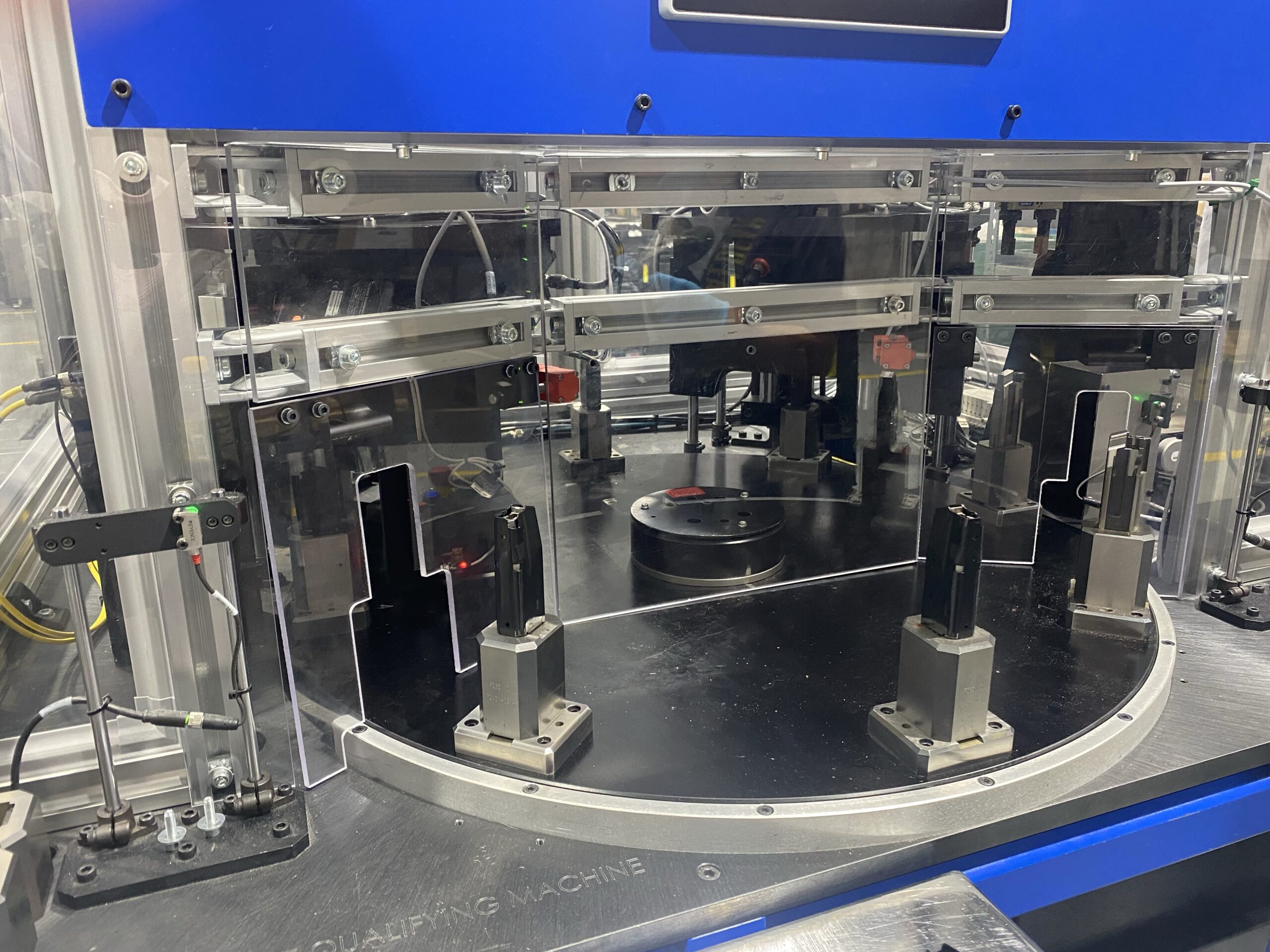
Finally, assembly with follower, spring and floor plate is accomplished by technicians, but they are already looking toward automation of this step.
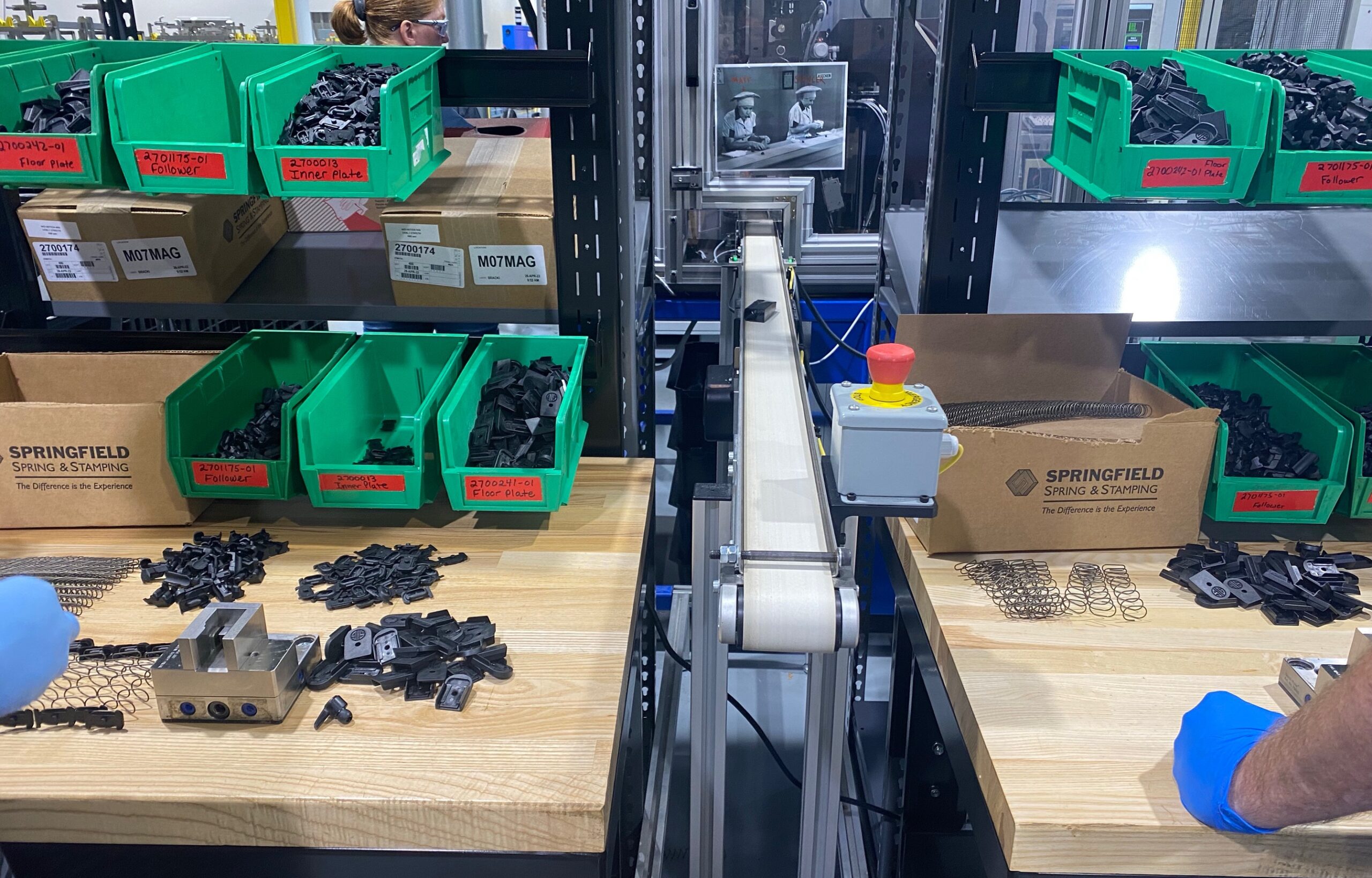
In the future this assembly line will be replicated, resulting in a manufactured magazine every four seconds to match the production rate of the wash system.
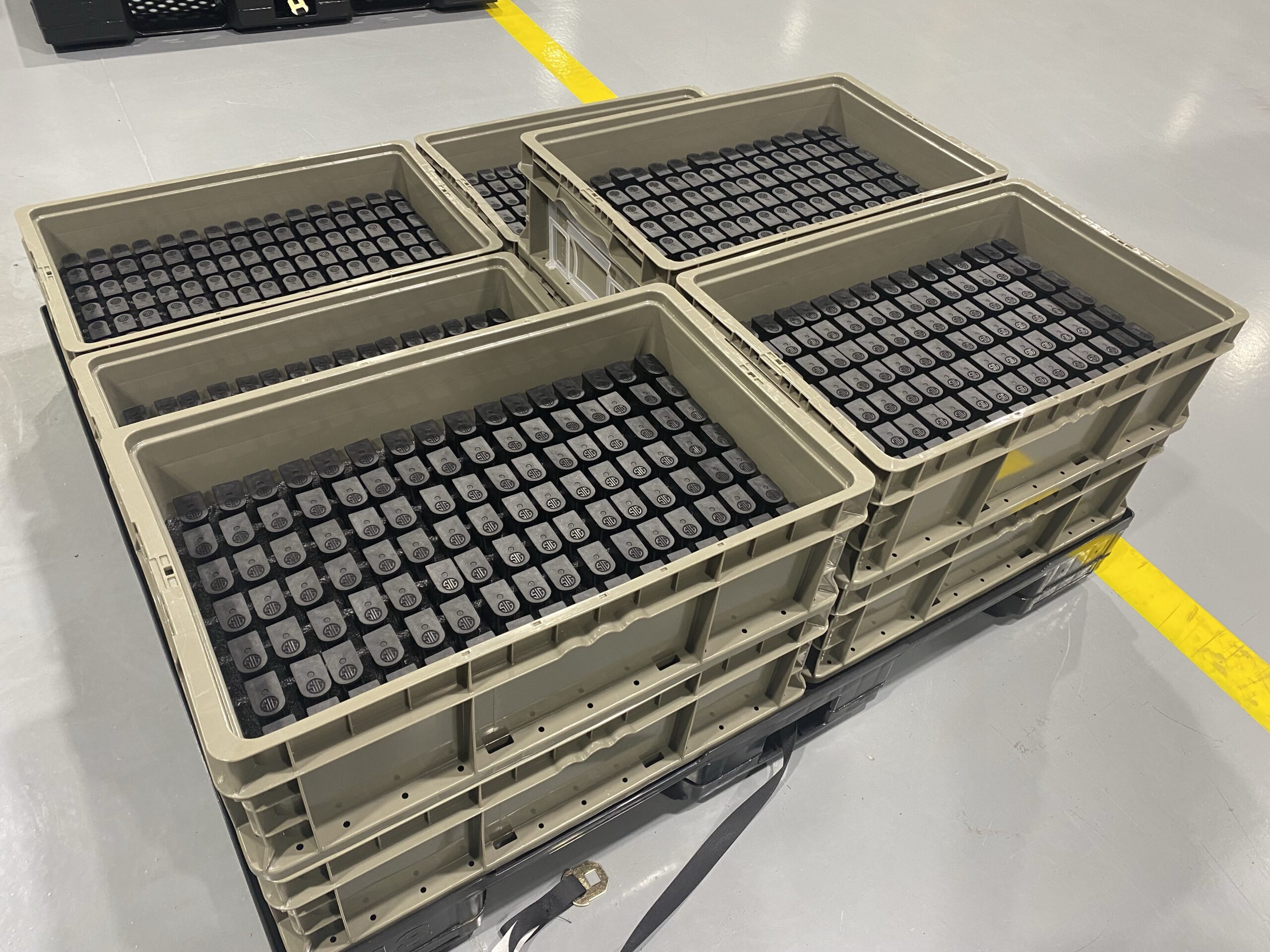
Currently, the line requires six technicians. With the doubling of production capacity to two lines, that number will grow to 11; five per assembly line and one for the shared wash station.
In addition to supporting NGSW, the in-house magazine production capability could support commercial sales in the event of future supply chain shortages.


Wouldn’t steel magazines increase weight over other options? And this already being a heavy system compared to the M4.
Came here to say this…why on earth would they go with steel?
The 6.8 projectile is hell on softer materials.
How is the 6.8×51 projectile any worse on magazines that are polymer or aluminum than the M855A1 that has been being run through EPMs and M3 PMAGs for years now?
Does the harsher cycling of the weapon cause the rounds to vibrate forward and cause extra resistance against the front edge of the mag?
It’s the projectile. Note that every one of the NGSW candidates used a modified Lancer mag.
30 round lancer AR15 mag = 4.4oz
30 round usgi alum = 3.9oz
30 round pmag = 4.8oz
30 round steel HK mag = 8.6oz
So we can see a steel mag is 195% of the weight of a lancer of similar capacity. So i’d assume the newer magazine follows the similar curve and ends up ~2x the weight of the lancers.
Awesome. Thank you for a good write-up after all the social media dust settled.
Isn’t the NGSW stop work order now removed since Lone Star withdraw their protest?
Sig also manufactures 1911s I wonder if they will expand and make 1911 magazines also
I’m excited either way because sig pistol mags are like $54, hopefully in house production allows them bring that cost down.
I can’t speak to cost, but I do know that during COVID supply chain issues led SIG to supply new pistols with only one of the four magazines normally provided with a new gun. Instead, SIG shipped the magazines later. If anything, such a capability will help out in the event of any future supply chain problems.
I’d be doubtful prices would decrease much if at all for SIG magazines. Traditionally it’s seemed like SIG considers them a big part of their profit structure- without a company like Mec-Gar or Promag as competition they’ll hang on to as much of that margin as they can.
Aren’t OEM SIG mags made by Meg-Gar or Checkmate? At least for the classic pistols?
I’ll admit that I haven’t looked at any of the 320 or 365 mags…
Not sure about OEM (although you’re right, it’s probably got to be one of those two if it’s not in house), but Mec-Gar does make mags for the P22x series and they’re quite good. As far as I’m aware though there are no third-party-branded mags for the 320/365 even though they’re made in a third-party facility
SSD maintaining that access to SIG scoops